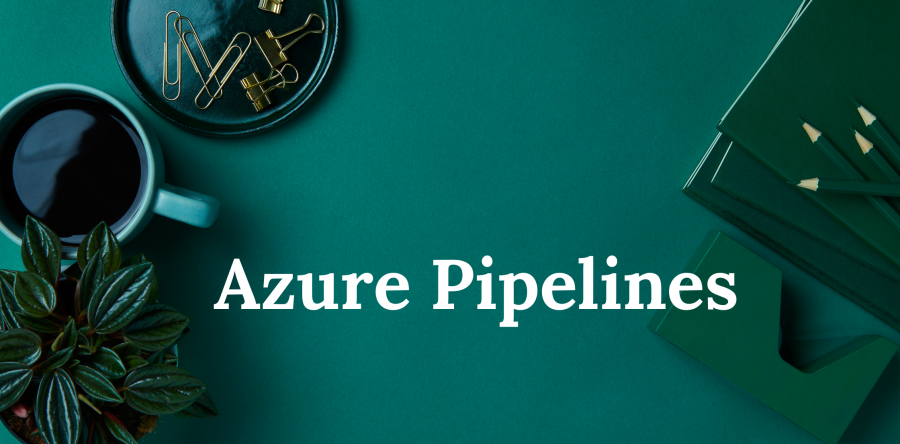The ascension of Azure and DevOps is nothing new, given the rapid growth of these technologies. This article on Azure Pipelines will teach you everything you need to know about Azure DevOps, and by the end, you'll have built a full-fledged Azure Pipeline.
So let us get started with this Azure Pipelines article.
What Is Azure DevOps and Why Is It Important?
If you read my previous article on Azure DevOps, you already know that Azure is one of the most popular cloud service providers. Similarly, DevOps is a method that has swept the current tech industry, as it quickly bridges the gap between development and operations teams.
Many people wondered if DevOps activities could be implemented on Azure Cloud.
Azure Pipelines will help you accelerate cloud growth.
Azure makes it simple to set up pipelines, allowing you to concentrate on software creation. Since Azure offers a complete pipeline development and management solution.
Continuous Integration and Deployment Improvements
You can harness and use infrastructure as code with tools like Azure Resource Manager or Terraform to build repeatable deployments that also meet compliance requirements with Azure Continuous Integration and Delivery.
The Ability to Customize
Since Azure is a Microsoft app, it easily integrates with the rest of the Microsoft stack. In addition, Azure has made significant strides in terms of integrating with open source software. This means we have more customization options.
These, in my opinion, are sufficient reasons to trust Azure DevOps. Let's try to figure out what the Azure Pipelines service is.
What is Azure Pipelines, and how does it work?
Azure Pipelines is a service that allows you to construct pipelines on the Azure Cloud Platform. It allows you to create, test, and deploy applications on the Azure cloud and other platforms that are supported. Pipelines can be built on the Windows, Linux, and Mac operating systems. You can even create up to ten parallel jobs for free.
Pipelines allow you to automate your builds and deployments, allowing you to spend less time fixing minor problems with your applications and more time on the innovative aspects of the same.
Let's take a closer look at some of the features of Azure components now.
Azure Pipelines Features
Let's look at some of the most critical features of Azure Pipelines and why they're so useful.
Independent of platform and language
As previously mentioned, you can use any operating system you like, and you can choose which programming languages to use to construct your applications, such as Python, Java, NodeJS, Ruby, and so on.
The ability to work with containers is unrestricted
Pipelines make it easier to push the applications to containers like Docker, Kubernetes, and even Azure Container Registry because they make the process of creating apps easier.
Extensions that are available
Azure pipeline also gives you access to a large number of community-built tasks, allowing for more customization and thus assisting you in the creation, testing, and deployment of these tasks.
Deployment to other cloud providers is supported
The Azure Pipelines service allows you to deploy your application to a variety of cloud services, including AWS, GCP, and Azure.
Free and Open Source Software
Most open source projects can now be delivered using quick continuous integration/continuous delivery (CI/CD) pipelines.
Flows of Work
There is support for YAML, test integration, release gates, logging, and other features if you need to create chaining and multi-phased builds.
Azure Pipelines is a valuable service in Azure's DevOps scheme of things because of these features.
So, this was all about Azure Pipelines, guys. This Azure Service can be used for a variety of purposes. You are free to use this service at your leisure. In terms of the subject of this article. I'd be putting it down here. You can visit Edureka's official site for more posts on the market's most common technology, such as Python, DevOps, and Ethical Hacking.
Keep an eye out for future articles in this series that will explain the various other aspects of Azure.
1. Azure Tutorial
2. Azure Portal
3. Azure Storage Tutorial
4. Azure Private Network
5. Azure DevOps Tutorial
6. Azure Boards





